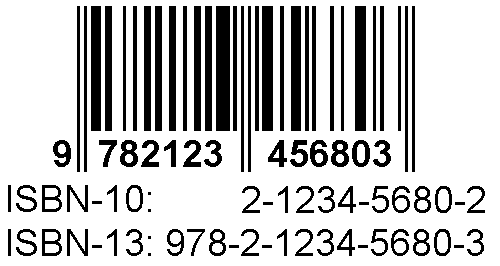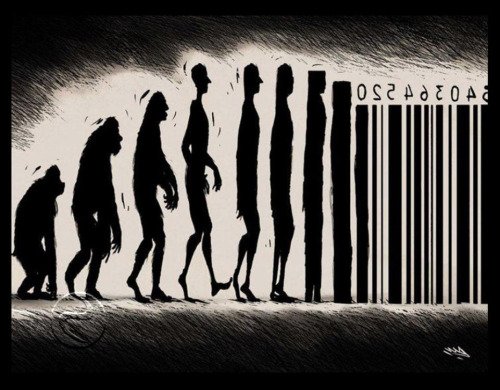In the ISBN-10 (International Standard Book Numbering) system that was used until the end of 2006, each book is assigned a unique 10-digit code. The first nine digits uniquely identify the book itself, whereas the last digit merely serves as a check digit to detect invalid ISBN-10 codes.

If $$x_1, \ldots, x_9$$ represent the first nine digits of an ISBN-10 code, the check digit $$x_{10}$$ is calculated as \[x_{10} = (x_1 + 2x_2 + 3x_3 + 4x_4 + 5x_5 + 6x_6 + 7x_7 + 8x_8 + 9x_9)\!\!\!\!\mod{11}\] As a result, $$x_{10}$$ always takes a value in between 0 and 10. You are asked to write a program that computes the tenth digit of an ISBN code, for which the first nine digits are given.
Input
Nine integers $$x_1, \ldots, x_9$$ ($$0 \leq x_1, \ldots, x_9 \leq 9$$), each on a separate line. These integers represent the first nine digits of a given ISBN-10 code.
Output
A single line containing an integer: the ISBN-10 check digit corresponding to the nine digits given. This check digit should be printed without leading zeroes.
Example
Input:
9 9 7 1 5 0 2 1 0
Output:
0
Epilogue
